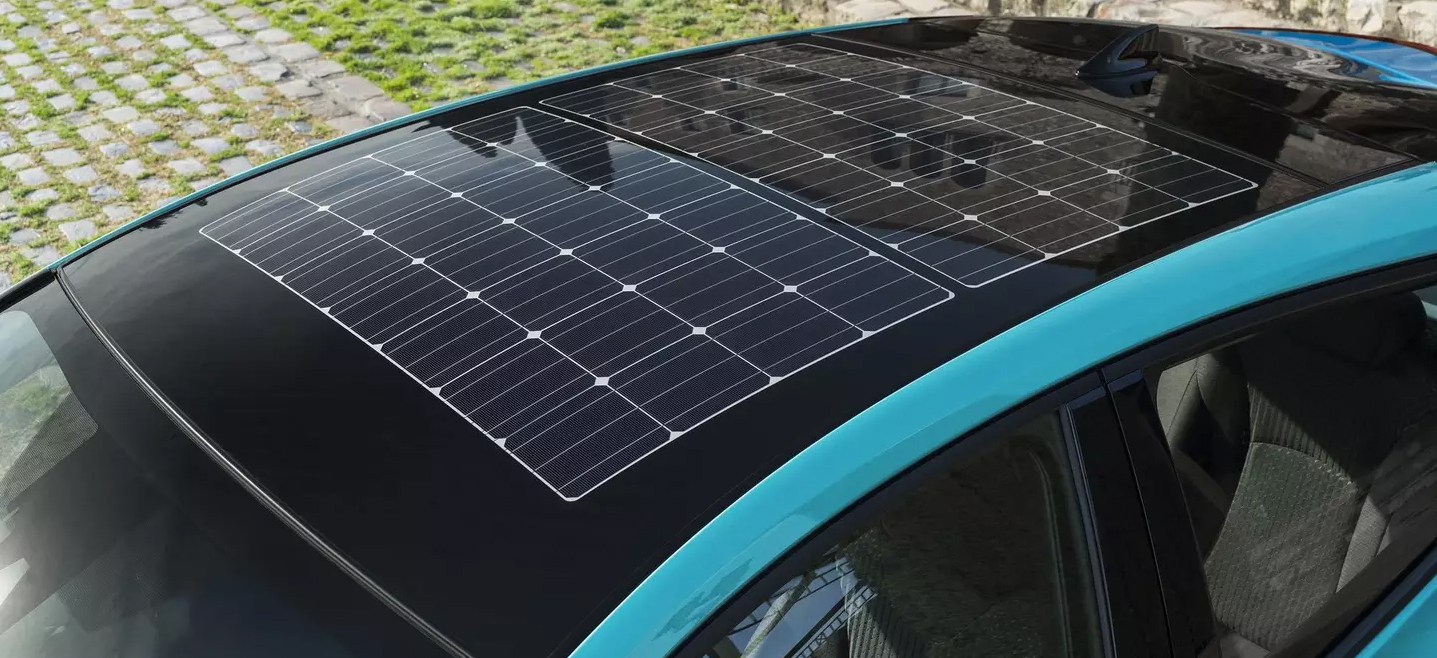
 Your Credit Estimate
Your Credit Estimate
 Your Credit
Your Credit
Your zip code helps us provide you with the most accurate vehicle pricing and vehicle availability.
We estimate your credit score to give you an idea of your monthly payments. To get an accurate payment amount, complete our credit application by clicking the Start Credit Application button below.
start credit application
Kia Motors is making a lot of changes to their lineup over the next few years, and with that comes all sorts of new technology. Recently, Kia Motors debuted isolated sound zone technology the automaker is working on so that the car driver and passengers can all listen to their own “channel” for music. At SEMA 2018, Kia didn’t really have any technology to show us aside from their new GT Line with the 2019 Kia Forte GT; the Rio GT was debuted at Geneva earlier this year (2018). A hydrogen fuel cell vehicle for Kia is also in the mix, but the latest news is another piece of auto tech for plug-in hybrids, electric vehicles, and even gasoline-powered cars.
The new technology is one we’ve been familiar with for awhile now. Solar-powered panels have been argued as an alternative power source, and although oil companies still argue that it has impractical uses, many commercial buildings implement solar power technology to cut electricity costs. People who love the #VanLife go off-the-grid and use solar energy to power all of their devices while on the road or stationed in the middle of nowhere.
So what about implementing the same technology on a car full-time? What if a car came with a solar-panel hood or solar-panel roof? Hyundai and Kia Motors are currently developing plans to equip select vehicles with solar panels, mainly plug-in hybrid and electric vehicles, but the Hyundai Motor Group says the technology could even expand to gasoline-powered vehicles. This may work much like the eTorque mild-hybrid system in the Ram 1500 that replaces the power required by the truck’s main car battery and still has enough power for hybrid functionality.
The Hyundai Motor Group has already been testing solar roofs and solar hoods to see how much they can help vehicles in the long run, starting with alternative fuel vehicles. Depending on the weather and climate, a solar-panel roof may face some difficulty, but the first-generation of solar roofs and hoods were able to charge a hybrid vehicle’s battery by 30-60 percent. In typical weather, during rush hour traffic, this kind of technology could do wonders for fuel economy in tandem with electric stop-go engine technology.
Following these tests, a second-generation of the solar panel technology will also be designed for its efficiency. Made out of a semi-transparent material, the second generation will be the real test. The semi-transparent material is being used in an effort to not block panoramic sunroofs and not make consumers choose between the two. If those work just as well, then we’ll be seeing a new wave of consumer technology very soon. Along with isolated sound zones and solar-panel roofs, Kia Motors is also working to release artificial intelligence by 2020 to assist drivers while on the road or when driving in unsavory conditions.
If anything, a solar roof or solar hood would definitely be a winning modification for those who want to drive eco-friendly vehicles and are wary of finding charging stations on the road. Although they’re becoming more popular, nothing strikes fear like a low battery in an electric vehicle, and the next toll plaza is over a hundred miles away. Only time will tell.
Keep up with news about technology and more with NowCar social media. Ask us your automotive questions anytime, or shop for your perfect car. Buying a car online has never been easier with NowCar.